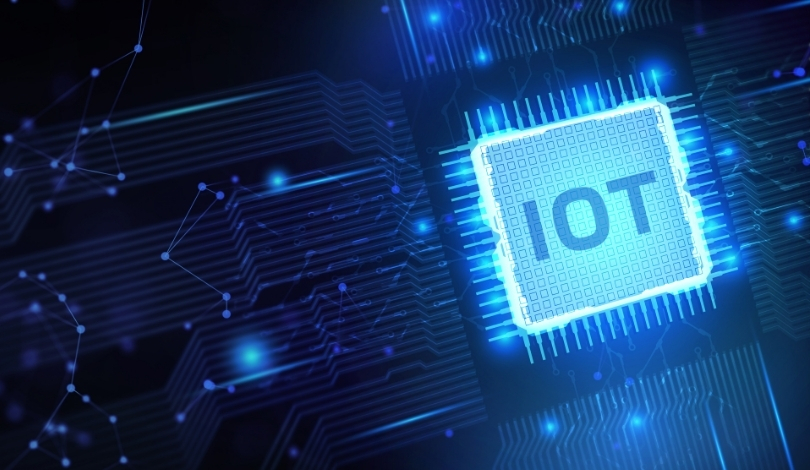The year 2024 marked a significant leap in global telecommunications as 5G technology expanded its reach to unprecedented levels. This surge in 5G adoption is reshaping connectivity landscapes, fostering advancements across various sectors including healthcare, manufacturing, and smart cities. The rapid deployment of 5G networks is not only enhancing user experiences but also enabling innovative applications that were previously unattainable with older technologies.
Since its inception, 5G has consistently outpaced earlier wireless technologies in both speed and adoption rate. The global milestone of 2.25 billion connections underscores the extensive investment and collaborative efforts driving this progress. Enhanced connectivity is facilitating the integration of Internet of Things (IoT) devices, further bolstering the interconnectedness of modern infrastructures.
How is North America Leading 5G Adoption?
“Reaching 2.25 billion 5G connections globally is a powerful indicator of how rapidly this technology is transforming the world—but it’s also a reminder of North America’s leadership in shaping that future,”
stated Viet Nguyen, President of 5G Americas. North America concluded 2024 with 289 million 5G connections, covering 77% of its population. This region also achieved parity between 5G and 4G LTE networks, a first globally, highlighting its advanced network deployment strategies.
What Impact has IoT Expansion Had on Connectivity?
The Internet of Things experienced a substantial growth in 2024, adding 438 million new connections and bringing the global total to 3.6 billion. This expansion is pivotal for industries relying on real-time data and automation, enhancing efficiency and enabling new business models. The proliferation of IoT devices is a testament to the foundational role that 5G plays in supporting expansive, interconnected systems.
What Are the Future Projections for 5G Connectivity?
Forecasts predict that by 2029, 5G connections will escalate to 8.3 billion, accounting for 59% of all wireless technologies worldwide. This anticipated growth is driven by ongoing advancements in network infrastructure, increased consumer demand for high-speed connectivity, and continuous innovations in 5G applications. The trajectory suggests that 5G will remain a cornerstone of global telecommunications, further integrating into everyday life and industry operations.
Comparing current 5G adoption rates to previous years reveals a dramatic acceleration in network deployment and user adoption. The speed at which 5G has expanded surpasses historical growth patterns seen with earlier generations, indicating a robust and sustainable expansion. This rapid adoption is supported by substantial investments and a favorable regulatory climate that promotes technological innovation and infrastructure development.
The widespread adoption of 5G is not just a technological upgrade but a catalyst for broader economic and social transformation. Industries are leveraging the enhanced capabilities of 5G to implement more sophisticated and efficient operations, while consumers benefit from faster and more reliable connectivity. As 5G continues to evolve, its integration with emerging technologies will likely drive further innovations and shape the future of global connectivity.










